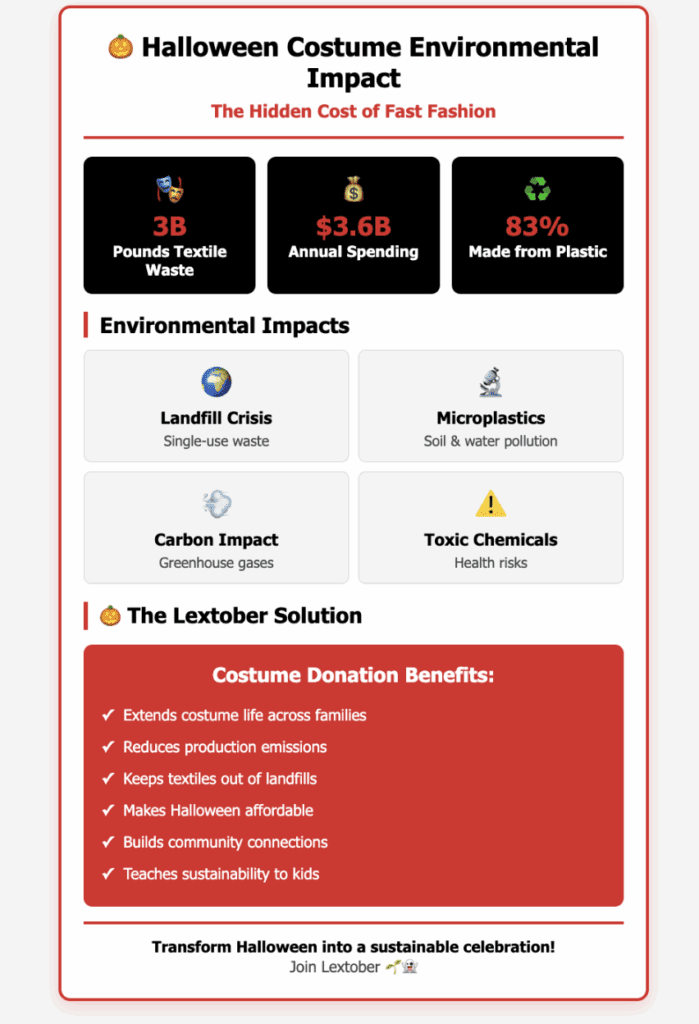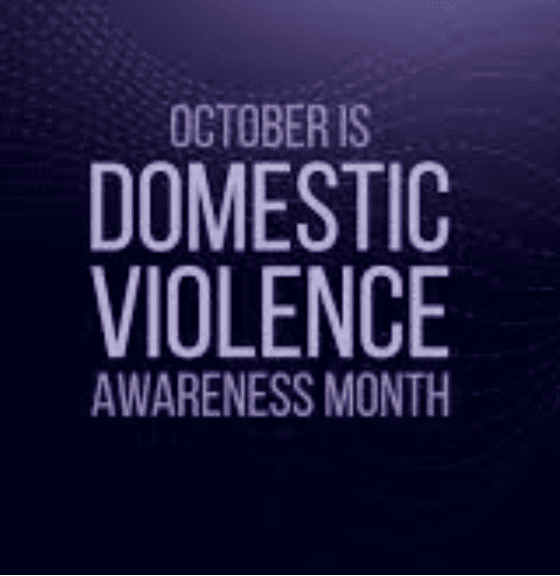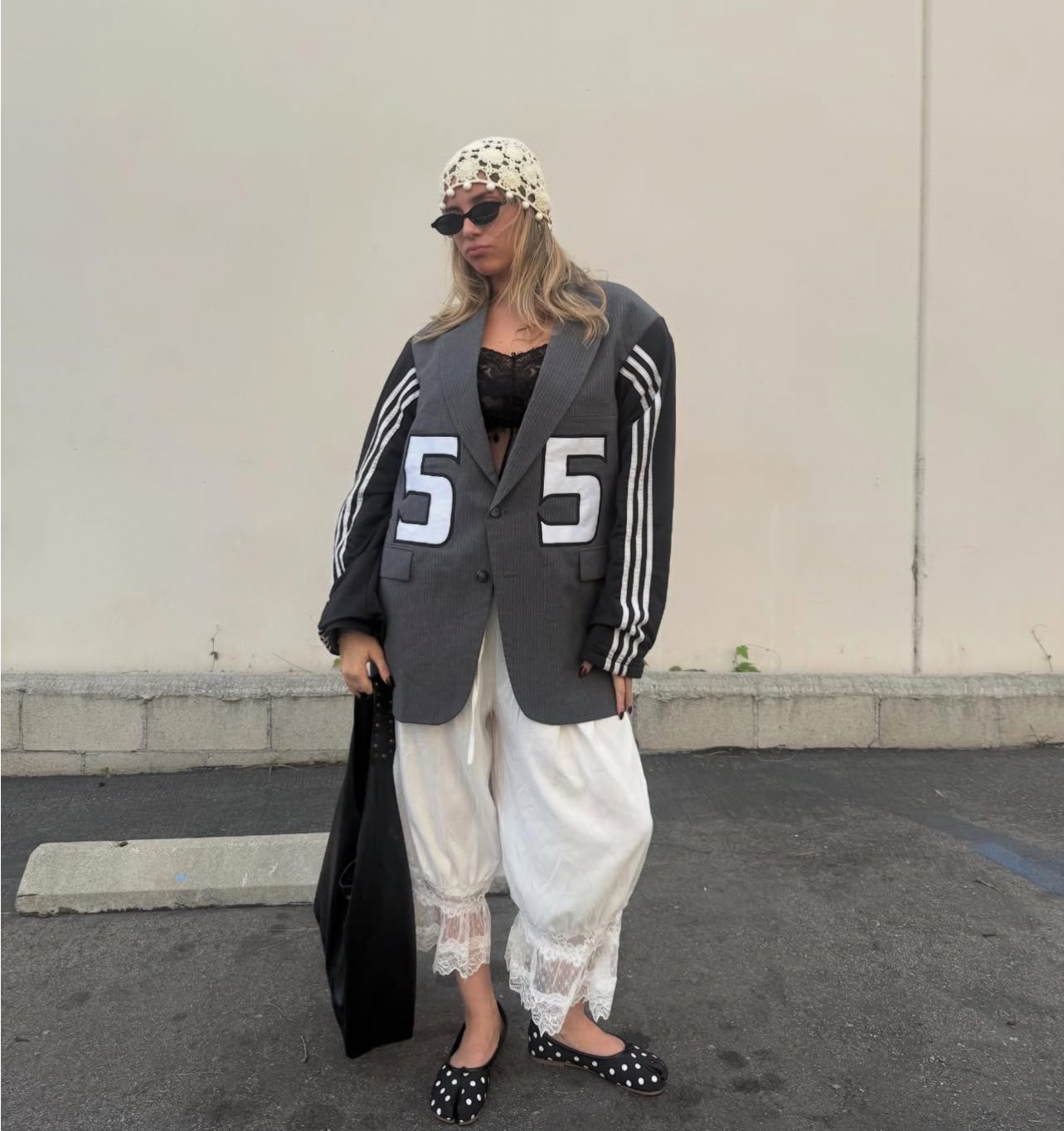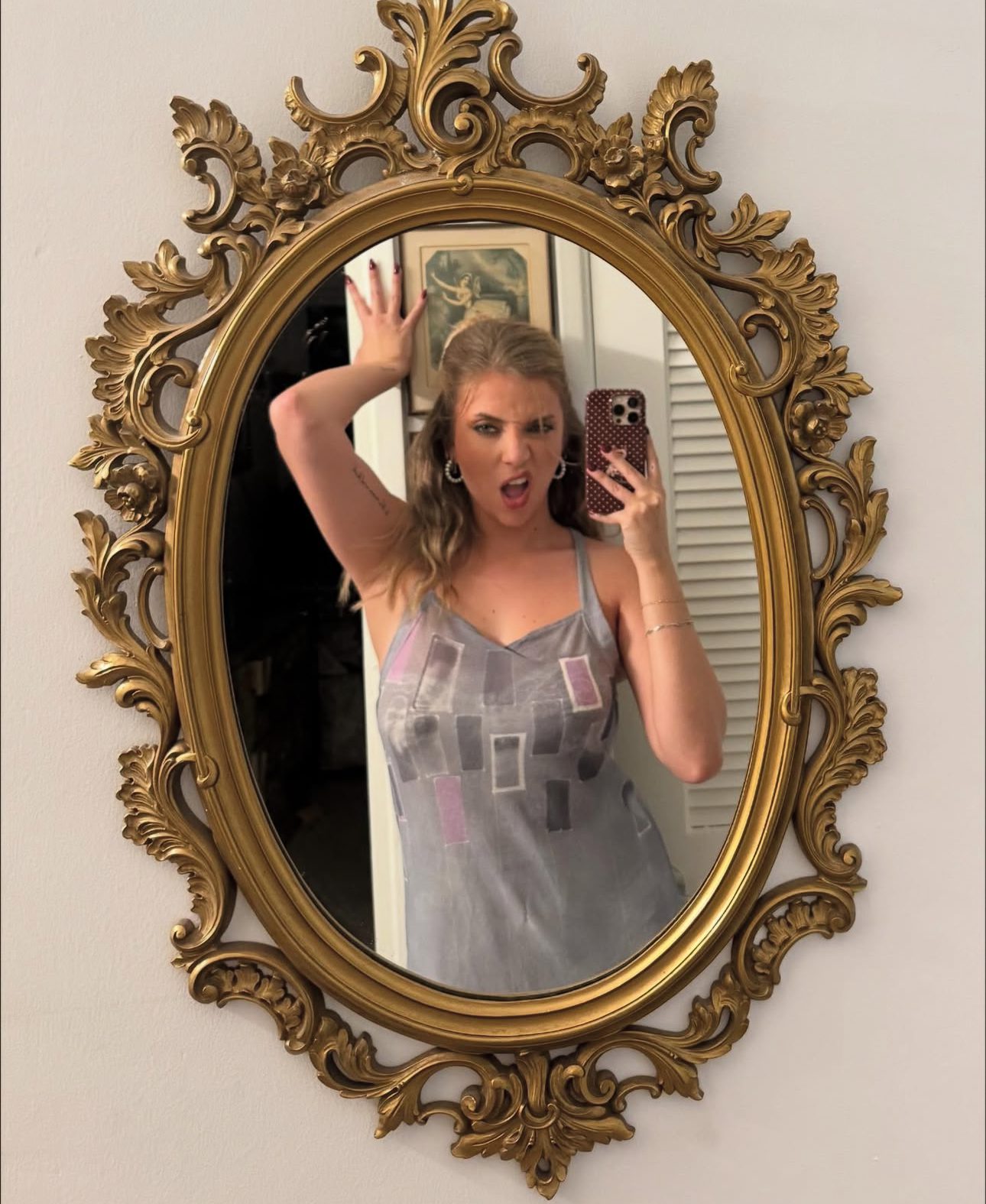October is here, which means pumpkin spice everything, cozy sweater weather, and—if you follow me—probably way too many thrift haul videos. But October is also Domestic Violence Awareness Month, and this year, I want to talk about something that doesn’t get nearly enough attention: the disturbing connection between the fashion industry and gender-based violence.
I know what you’re thinking: “Lexy, what does my $12 Shein haul have to do with domestic violence?”
A lot, actually. And with climate change throwing gasoline on an already raging fire, it’s time we connect these dots.
The Fashion Industry Has a Violence Problem
Let’s talk about who makes our clothes. Spoiler alert: it’s mostly women. About 80% of garment workers worldwide are women, many of them young, many of them working in countries where labor laws are basically suggestions and worker protections are nonexistent.
These women face horrible working conditions—and I’m not just talking about low wages (though that’s bad enough). We’re talking about physical abuse, sexual harassment, and coercion just to keep their jobs. Factory managers use violence and intimidation as management tools. Women are groped, threatened, and assaulted for speaking up about unsafe conditions or asking for fair pay.
When you buy a $5 crop top, someone paid for that price tag—and it wasn’t just with their time. It was often with their safety, their dignity, and sometimes their lives.
The Research Tells a Horrifying Story
A recent study in Bangladesh found that 76% of all interviewed garment workers had experienced some form of gender-based violence at the workplace—that’s three out of every four women going to work knowing they might be harassed or assaulted that day.
In Bangladesh, 75% of garment workers have been verbally abused at work, while 20% are victims of physical abuse. A 2024 ethnographic study of garment factories in Bangladesh and Sri Lanka found that 98% of women from marginalized backgrounds have faced social, cultural, economic and health issues, and 45% of women reported being sexually harassed by male garment employees.
The situation in India is equally disturbing. Studies show that in India’s garment industry, 1 in 14 women have suffered physical abuse and 1 in 7 have been sexually assaulted or coerced into performing a sexual act.
A 2018 report from Global Labor Justice found that violence and harassment against women garment workers includes physical, mental or sexual harm or suffering and threats, coercion and deprivations of liberty. The Clean Clothes Campaign reported that Indonesian women working in factories are often harassed by male managers who demand sexual favors in exchange for job security, threatening the women with termination if they refuse.
Climate Change is Making Everything Worse
Here’s the connection most people miss: climate change doesn’t just threaten our planet—it directly fuels violence against women. And the fashion industry? It’s driving both crises simultaneously. As one of the world’s biggest polluters, fast fashion is heating up the planet while employing millions of women in vulnerable conditions. It’s a vicious cycle where environmental destruction and gender-based violence feed into each other.
Here’s how it works: as global temperatures rise and climate disasters increase, the conditions that enable domestic violence, trafficking, and exploitation intensify. Extreme weather events destroy livelihoods, displace communities, and create desperation—and women and girls bear the brunt of it. Meanwhile, the garment workers producing our clothes (83% of whom are women) face unsafe conditions that become even more dangerous as climate change worsens.
The stats are horrifying:
- For every 1°C rise in temperature, intimate partner violence increases by 4.7%
- During heatwaves, intimate partner femicide (the killing of women by their partners) rises by 28%
- After climate disasters like floods and droughts, there’s a massive spike in trafficking, sexual exploitation, and child marriage
- In 2023, 93 million people were affected by natural disasters, while 423 million women experienced intimate partner violence
- In sub-Saharan Africa, if warming hits 4°C, intimate partner violence could triple from 48 million cases in 2015 to 140 million by 2060
Think about that. The same industry that’s heating up the planet is also employing millions of women in vulnerable positions. And as temperatures rise, those women become even more at risk—both in their communities and in their workplaces.
The Real Cost of Fast Fashion
When we talk about “sustainable fashion,” we usually focus on the environmental stuff: water pollution, textile waste, carbon emissions. And yes, those things matter. But we can’t separate environmental justice from social justice. They’re tangled together like a badly knotted necklace.
Fast fashion thrives on exploitation. It needs cheap labor to keep prices low and production fast. And who gets exploited? Women. Women in Bangladesh, Cambodia, India, Ethiopia. Women who are already dealing with poverty, limited rights, and now, increasingly brutal climate disasters.
In the Horn of Africa, extreme drought has forced families to marry off girls as young as 12 just to survive. In the aftermath of the 2023 Maui wildfires, sexual exploitation and domestic violence surged, especially among migrant women workers. These aren’t isolated incidents—they’re part of a pattern that connects climate chaos, economic desperation, and violence against women.
Who Is Most at Risk?
Climate change doesn’t hit everyone equally, and the same goes for climate-linked violence.
- Women in poverty — like smallholder farmers or women in urban informal settlements — face the highest risks, with limited resources to escape abuse
- Indigenous women and women environmental defenders are often targeted with harassment, assault, or even murder for standing up to destructive industries
- Survivors facing multiple layers of discrimination — women with disabilities, LGBTQ+ women, older women — are more likely to be excluded from shelters and services
Purple is More Than Just a Color
You’ve probably seen the purple ribbons this month—purple is the color of Domestic Violence Awareness. But here’s something cool: purple also represents dignity and respect. And that’s exactly what we need to demand for garment workers and for all survivors of violence.
This month, as you’re getting dressed and thinking about your fall wardrobe, I want you to think about who made your clothes and what they went through to get that piece to your closet.
What We Can Actually Do About This
Okay, I’m not here to just depress you. Let’s talk solutions—because there ARE things we can do, and they don’t require you to burn your entire wardrobe and live in a burlap sack.
1. Buy Less, Choose Better. I know I sound like a broken record here, but seriously: slow down. Do you need that $8 bodysuit, or do you just want it because TikTok told you to? Before you hit “add to cart,” ask yourself if you’ll actually wear it more than twice.
When you do buy new, look for brands that are transparent about their supply chains and actually pay fair wages. It might cost more upfront, but you’re not funding exploitation.
2. Thrift Like Your Life Depends. On It You know I love thrifting. It’s my whole personality at this point. But beyond being fun and affordable, buying secondhand means you’re not contributing to new demand for exploitative labor. Plus, you’re keeping clothes out of landfills. Win-win-win.
3. Support Organizations Doing the Work. There are incredible organizations fighting for garment workers’ rights and supporting survivors of gender-based violence. Consider donating to:
- Remake: They advocate for garment workers and push for transparency in fashion
- The National Domestic Violence Hotline
- UN Spotlight Initiative (tackling gender-based violence and climate action)
- Local domestic violence shelters (they always need donations—especially work-appropriate clothing for survivors rebuilding their lives)
4. Use Your Voice Talk about this stuff. Share resources. When brands get called out for labor abuses or environmental destruction, amplify those stories. Consumer pressure actually works—brands do change when enough people demand it.
And if someone confides in you about domestic violence, believe them. Listen without judgment. Connect them to resources. Sometimes just being there makes all the difference.
5. Advocate for Real Change. Email brands you buy from and ask about their labor practices. Support legislation that protects garment workers. Vote for leaders who take both climate action and gender-based violence seriously.
This isn’t just about individual choices (though those matter too). We need systemic change—better labor laws, corporate accountability, climate action that centers the most vulnerable communities.

The Bottom Line
We can’t solve the climate crisis without addressing gender-based violence. And we can’t end violence against women without tackling the systems—like fast fashion—that profit from their exploitation.
I know this is heavy stuff. And I know it can feel overwhelming to think about all these interconnected crises while you’re just trying to find something cute to wear to brunch. But here’s the thing: awareness is the first step. And you’re here, reading this, which means you care.
Domestic violence thrives in silence. Fast fashion thrives when we don’t ask questions. But this October, let’s break both those silences.
Let’s stand with survivors. Let’s demand better from the fashion industry. And let’s build a future where no one has to choose between their safety and their livelihood—where the clothes in our closets don’t come at the cost of someone else’s dignity or life.
Because sustainable fashion isn’t just about saving the planet. It’s about saving the people on it too.
Resources for Survivors:
- National Domestic Violence Hotline: Call or text 1-800-799-SAFE (7233) or chat at thehotline.org
- Love Is Respect (for teens & young adults): Text LOVEIS to 22522 or visit loveisrespect.org
- RAINN: Call 1-800-656-HOPE (4673) or visit rainn.org
If you or someone you know is experiencing domestic violence, please reach out. You are not alone, and help is available.

Follow me on my socials:
- Instagram: @lexysilverstein
- Youtube: Lexy Silverstein
- Twitter: @eLEXYfy
- TikTok: @lexysilverstein
- Facebook: Lexy Silverstein





